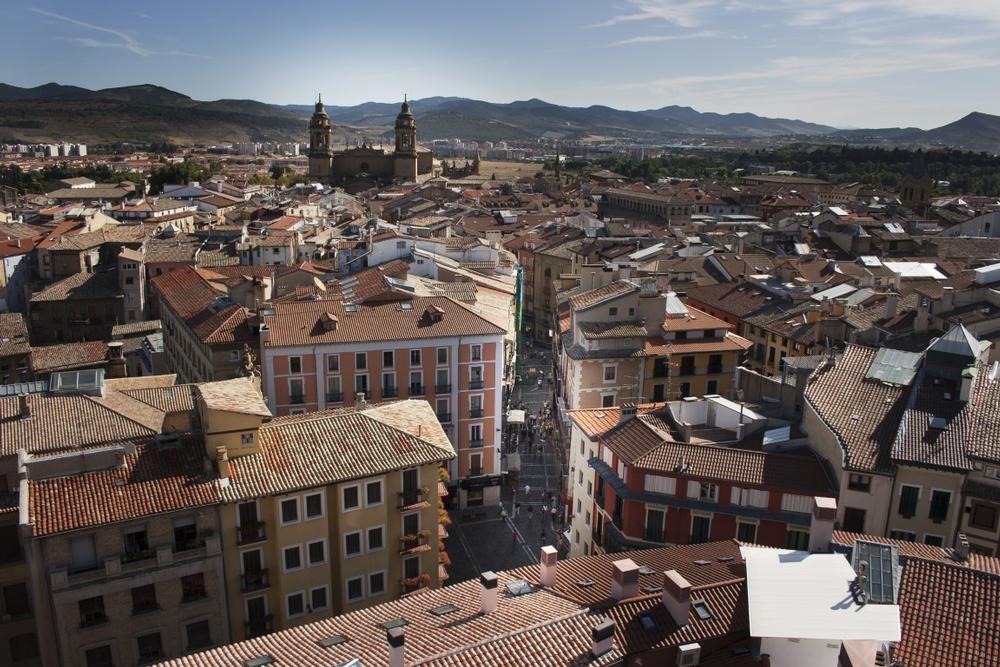- Please support our journalism through affiliate links. Affiliate Disclosure
- Written by our human editors, structured with the help of AI.
Review & FAQ:
The old town of Pamplona was settled in Roman times and did not expand until 1890. It is a pedestrian zone at the highest point of the city. The layout is medieval with irregular blocks and narrow but deep buildings, with vertical gaps between them. The housing is dense and the population is aging. Many of the buildings are in need of repair which is being undertaken. There are several bazaars and restaurants in the area. It is still a commercial hub and increasingly, a tourist and leisure center. The central point is the Plaza del Castillo and many of the city's monument are in the old town.

© kikebalenzategui/stock.adobe.com
Rating: ⭐⭐⭐⭐⭐
Casco Viejo - Old Town
City Walls
The Citadel - Parks and Gardens
Interpretive Center of the Fortifications of Pamplona
Cathedral
The Castle Square of Pamplona
Navarra Museum
Taconera Gardens
Pamplona City Hall
San Fermin, the Universal Fiesta
Iglesia de San Nicolas
The Palace of Navarra
Museo Universidad de Navarra
Church of San Lorenzo
Monument of the Encierro
Pamplona Planetarium
Cafe Iruna
Park of the Senses
La Olla
Caso Otano
Rodero
Europa
Baserriberri
Plan Your Trip
Get Ready to Go!
- Search flights and stays nearby.
- Book your tour or local activity.
- Book your car rental.
Need some more help?
Go to travel reservations.

